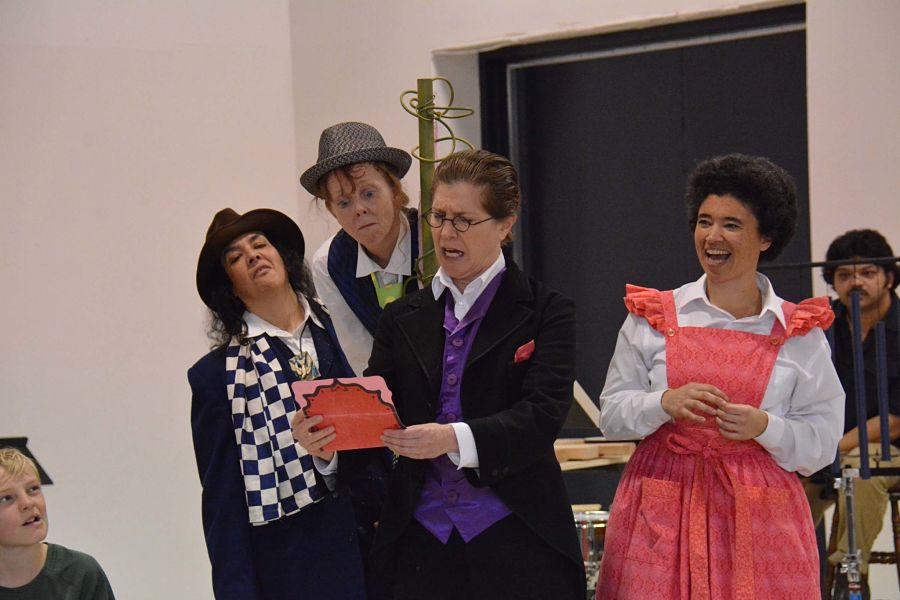MINNEAPOLIS: Ten Thousand Things has announced its 2017-18 season, which will include a Greek classic, a new play devised by Kira Obolensky, and a return to the first show ever produced at TTT.
“I am pleased that TTT will be turning to the Greeks again for our classic play, with Rebecca Novick’s skilled directorial hand and her great understanding of TTT’s audiences,” artistic director Michelle Hensley said in a statement. “And because humor is so essential to TTT, I’m thrilled that many TTT veteran comic actors, including our Fox Distinguished Acting Fellow Luverne Seifert, will come together for one last romp with playwright-in-residence, Kira Obolensky, for the hilarious Park and Lake. Finally, the circle that is so important to Ten Thousand Things brings me back one last time to the Brecht play that started it all.” This will also be Hensley’s final season as artistic director of the company.
The season will open with Euripides’s Electra (Oct. 12-Nov. 5), about a young woman seeking revenge. Michelle Barber, Meghan Kreidler, Kurt Kwan, Audrey Park, Mikell Sapp, Ricardo Vazquez and Karen Wiese-Thompson will star, and Rebecca Novick will direct.
Next up, TTT will tour Park and Lake (Feb. 16-March 11, 2018), a new devised play by playwright-in-residence Kira Obolensky and the cast. The comedy follows a group of workers at a small-town car wash. Stephen Cartmell, Sun Mee Chomet, Joy Dolo, H. Adam Harris, George Keller, Thomasina Petrus, Kimberly Richardson, Luverne Seifert and Eric “Pogi” Sumangil will star. Hensley and Luverne Seifert will co-direct.
The season will close with Brecht’s The Good Person of Szechwan (May 10-June 3), the first show TTT ever produced. The play is about a woman’s financial struggle to honor a gift from the gods to help her friends and herself. Sun Mee Chomet, Joy Dolo, Kurt Kwan, Elise Langer, Harry Waters Jr, Karen Wiese-Thompson, and Max Wojtanowicz will star, and Hensley will direct.
Founded in 1989, Ten Thousand Things Theater Company produces classic stories and contemporary plays for audiences with little access to the arts. It first tours its productions to correctional facilities, low-income centers, schools, and other non-traditional venues before playing to public audiences.


